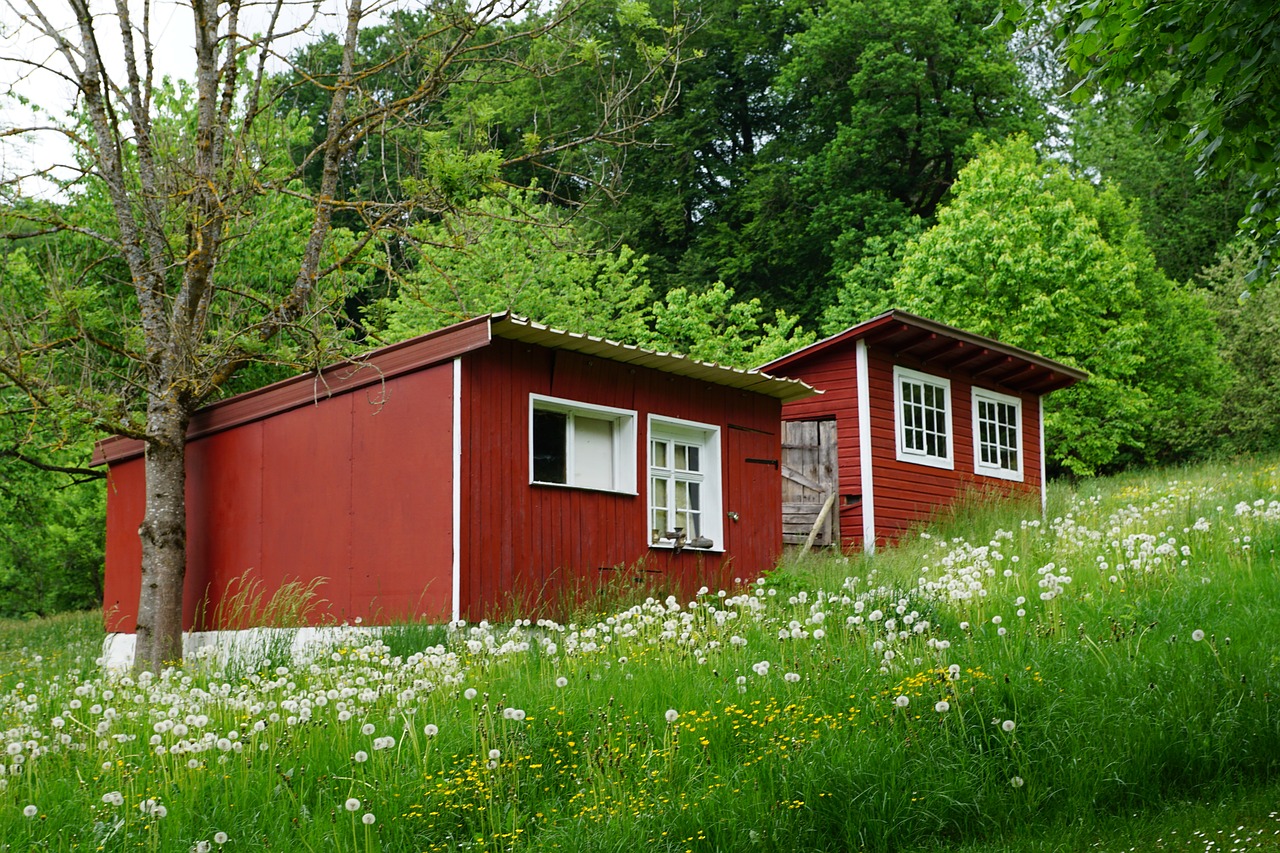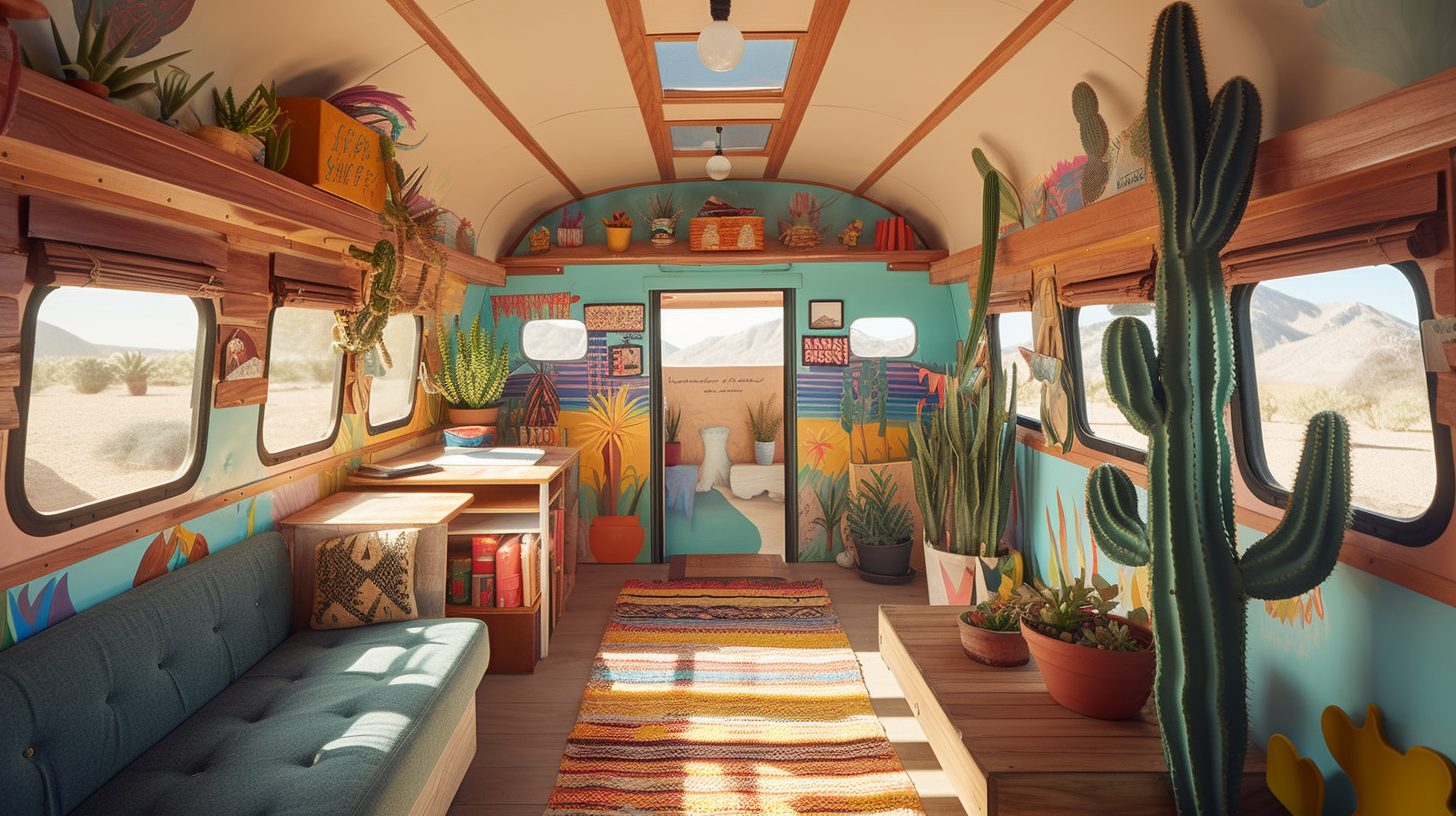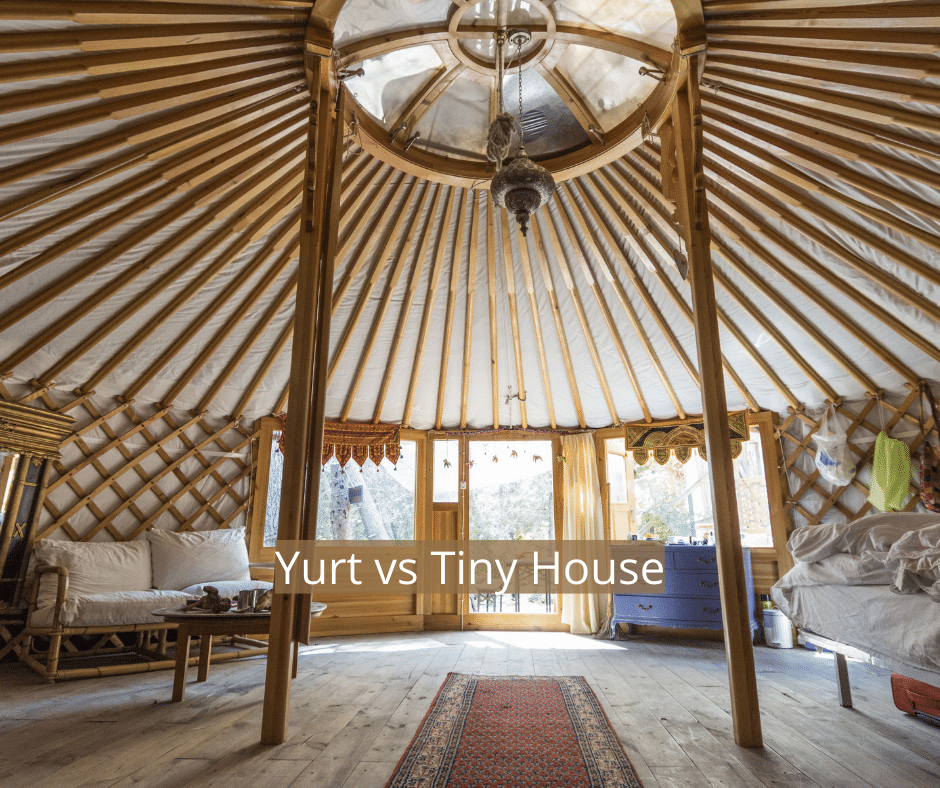Small Container Home: Rustic Charm, Modern Comfort
In recent years, small container houses have become a trendy and affordable choice for individuals seeking to downsize their living space and streamline their lifestyle.
Relevant Buildings’ Suite Spot River, a two 40-ft shipping container home, offers a modern and open-concept layout with rustic industrial charm. The home boasts a spacious living room, fully-functional kitchen, comfortable dining nook, full-size bathroom, and more, all within 700 square feet of living space.
One of the benefits of the Suite Spot River is its already-permitted status for residential use in multiple states, making the transition to tiny living even easier. The home’s unique design and layout provide flexibility and comfort for those looking to simplify their lifestyles, while still maintaining modern conveniences.
This article will explore the Suite Spot River’s design and layout, permitting and regulations, and additional features and customizations, offering insights into the benefits of small container homes as a unique and affordable housing option.
Key Takeaways
- The Suite Spot River is a small container home made from two 40-ft shipping containers with two bump-outs and a modern open concept layout.
- The building showcases the rustic industrial charm of a raw container on the exterior, while the interior features a spacious living room, fully-functional kitchen, comfortable dining nook, full-size bathroom, utility room, and a large walk-in closet that could be turned into a home office.
- The building can be permitted as a residential home in multiple states and is already permitted by the state of Oregon and Washington, with Relevant Buildings providing the service to acquire the permit for the foundation of the utility hookups.
- The Suite Spot River is a great option for comfortable living in a small space, with Relevant Buildings offering many different paint colors and modifications to suit individual needs.
Design and Layout
The design and layout of the Suite Spot River small container home, with its open-concept layout, bump-outs, and flexible use of space, showcases a modern approach to comfortable living while retaining the rustic industrial charm of a raw container.
The spacious living room seamlessly connects to the fully-functional kitchen and a comfortable dining nook, maximizing the available space.
Furthermore, the use of natural elements such as wood and metal in the interior and exterior of the building adds to its rustic charm.
The bump-outs provide more room for walking around and storage, while the large bedroom closet and utility room can be repurposed as a home office or hobby room.
The Suite Spot River small container home provides a unique living experience that combines modern comfort and rustic charm in a compact, efficient space.
Permitting and Regulations
Permitting and regulatory procedures vary across different states, and Relevant Buildings offers assistance in obtaining the necessary permits for the Suite Spot River, a prefabricated structural container building. The building is already permitted by the state of Oregon and Washington, but additional permits may be required depending on the location of the building.
One of the challenges of permitting a container home is that it is a relatively new concept, and there may be regulations in place that are not specifically designed for this type of building. Relevant Buildings is recognized as a prefabricated structural builder, which can help streamline the permitting process.
To obtain a permit for the foundation of the utility hookups, Relevant Buildings provides the service to acquire the permit. The permit lasts for a year and can be renewed. However, it is important to note that permitting challenges can arise, and the process can be time-consuming and expensive.
Relevant Buildings offers guidance and support throughout the permitting process to ensure that all necessary permits are obtained and the building is compliant with state regulations. By working with Relevant Buildings, homeowners can be confident that their small container home is properly permitted and built to code.
Additional Features and Customizations
Customizing the Suite Spot River to fit personal style and needs is made easy with Relevant Buildings’ range of paint colors and the building’s flexible interior layout. The building can be painted in a variety of colors to match the personal taste of the owner.
Additionally, the interior layout can be easily modified to maximize storage space, making it possible to transform a walk-in closet into a home office or a utility room into a kids’ room. This level of customization allows for a unique living space tailored to the individual needs of the owner.
In addition to the flexible interior layout and paint options, Relevant Buildings has modified the Suite Spot River multiple times to meet the specific needs of their clients. The building’s two bump-outs provide extra space for walking around and storage, and the utility room can be used as a home office or hobby room.
These additional features allow for even more customization options, making the Suite Spot River a great option for those seeking comfortable living in a small space.
Frequently Asked Questions
What is the estimated cost of building the Suite Spot River small container home?
The estimated cost of building the Suite Spot River small container home varies depending on several factors. Building expenses can include materials, labor, permits, and additional features. Financial planning is crucial when considering the cost of building a home, especially a prefabricated one like the Suite Spot River.
While the Relevant Building Company offers the service to acquire the permit for the foundation and utility hookups, it is important to note that additional permits may be required based on the location. The cost of the building can also vary based on the customization and paint options chosen. Therefore, it is recommended to consult with the Relevant Building Company for a more accurate estimate of the total expenses.
How many people can comfortably live in the Suite Spot River?
Design considerations and space optimization are crucial factors when determining how many people can comfortably live in the Suite Spot River. The layout of this small container home is open-concept and flexible, providing ample space for a spacious living room, a fully-functional kitchen, a comfortable dining nook, a full-size bathroom, a utility room, and a walk-in closet in the bedroom that can easily be turned into a home office.
Additionally, two bump-outs create more room for walking around and storage. While the Suite Spot River can comfortably accommodate a couple or a small family, the exact number of people who can live in it comfortably will depend on individual space requirements and lifestyle preferences.
Ultimately, the design of the Suite Spot River prioritizes space optimization and functionality, making it a great option for those who seek comfortable living in a small space.
Can the exterior of the building be customized with additional features such as a porch or balcony?
According to building regulations, the exterior design of the Suite Spot River can be customized with additional features such as a porch or balcony as long as they meet the necessary requirements.
However, it is important to note that any exterior modifications may require additional permits and approvals from local authorities.
To ensure compliance with building codes, it is recommended to consult with a licensed professional and obtain the necessary permits before making any changes to the exterior of the building.
With a variety of exterior design ideas available and the option to customize, the Suite Spot River offers the opportunity to create a unique and personalized living space.
Is it possible to add solar panels to the roof of the building for off-grid living?
It is possible to add solar panels to the roof of the building for off-grid living.
The efficiency of solar panels is typically measured by the amount of electricity they generate per unit of sunlight, which can vary depending on factors such as geographic location, weather conditions, and panel design.
Government incentives, such as tax credits and rebates, are often available to incentivize the installation of solar panels and can help offset the initial cost of installation.
Additionally, some jurisdictions require that new buildings incorporate renewable energy sources, so it may be necessary to include solar panels in order to obtain building permits.
Overall, incorporating solar panels into the design of the building can be a sustainable and cost-effective way to generate energy for off-grid living.
What is the expected lifespan of a small container home like the Suite Spot River?
When considering the expected lifespan of a small container home like the Suite Spot River, certain factors need to be taken into account. These include the quality of the materials used in construction, the frequency and level of maintenance, and the climate and environmental conditions in which the building is located.
While it is difficult to provide a precise lifespan estimate, with proper maintenance and upkeep, a well-built container home can last for decades or even longer. Routine maintenance requirements may include repainting, sealing, and checking for any signs of wear or damage.
It is important to note that while the building itself may have a long lifespan, certain components such as appliances and utility hookups may require more frequent replacement or repair.
Hi, I’m Emma. I’m the Editor in Chief of Tiny House 43, a blog all about tiny houses. While tree houses are often associated with childhood, they can be the perfect adult retreat. They offer a cozy space to relax and unwind, surrounded by nature. And since they’re typically built on stilts or raised platforms, they offer stunning views that traditional homes simply can’t match. If you’re looking for a unique and romantic getaway, a tree house tiny house might just be the perfect option.










